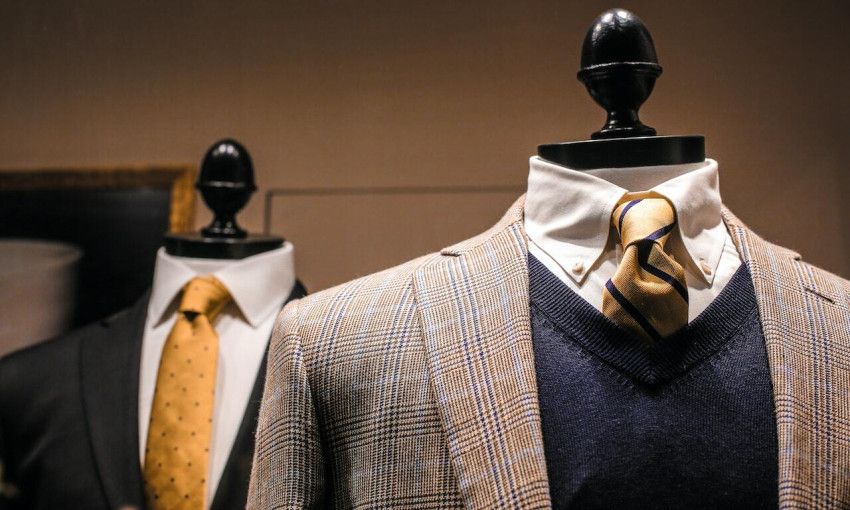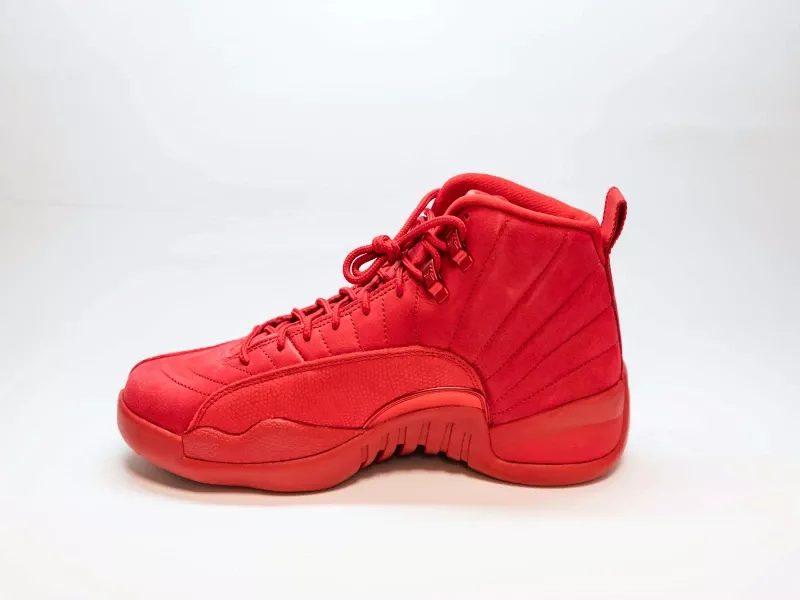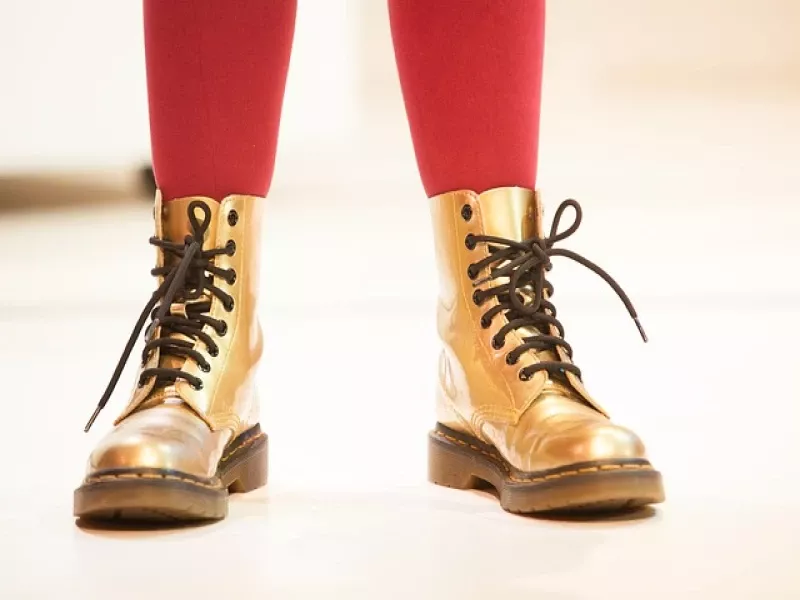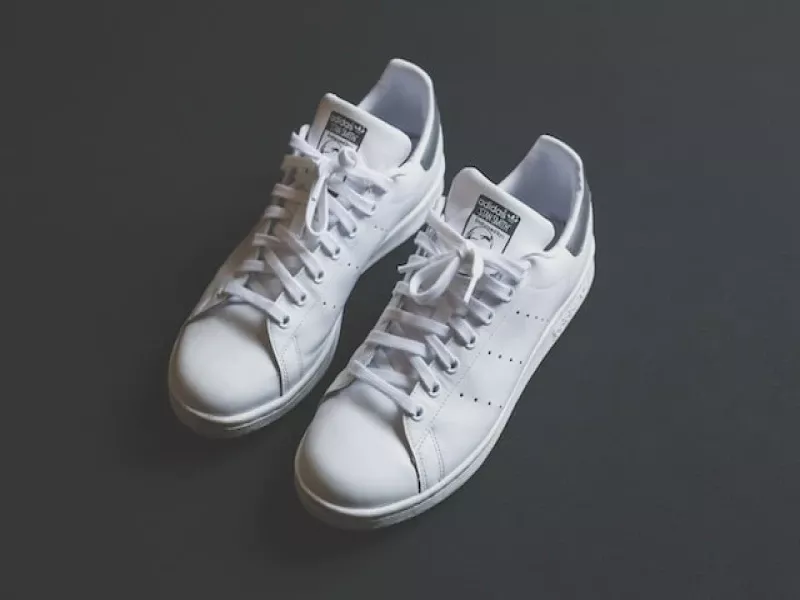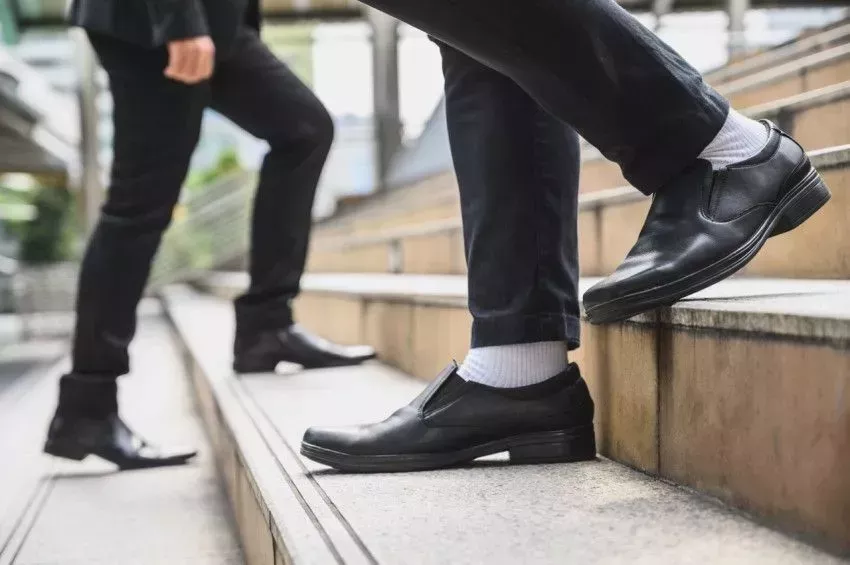
Which type of shoes should you wear to a job interview?
Which types of shoes can be worn when applying for a job to make a good impression? This depends entirely on the company you are applying to and the position you want to work in. Moreover, your gender has a lot of influence over your options as well.
Nevertheless, we can of course share some general tips. For example, about whether and when it is allowed to wear sneakers when applying for a job. A few exceptions to this do apply, but fundamentally, they do need not be a problem.
Sneakers: are they allowed during a job application?
The short answer to this is: yes, are allowed to wear sneakers to a job interview. This is because these shoes come in all kinds of very different styles, including more neat and formal. Look at the colours of the shoes, for example. In more neutral colours, they make a dressy impression, so they can go well with a business casual or smart casual look.
This applies to both men and women. In any case, be careful with bold colours or a striking print. In that case, a lot of attention will be drawn to your sneakers. This will make the rest of your outfit appear less conspicuous and you risk your well-thought-out story to be easily forgettable. You want them to be impressed by your interview in the end and not your personal style.
Tip: Try your sneakers with your outfit and look in the mirror first. Do they attract a lot of attention? This might be desirable in your regular everyday life, but it makes it a lot harder to make a good impression with the words you’re using. Moreover, you might be overlooked as you might seem less likely to fit in with the company you will be working for. Not all companies appreciate it when employees express themselves very openly.
Ankle boots: always a good choice
For ladies, the choice is easier in some ways. You can always make a good choice with ankle boots, for example. On the one hand, they are neat enough, for example with a (low) heel. On the other hand, the shoes still look casual enough to be worn during your free time, as well as classy enough to wear on a date.
That being said, you should avoid ankle boots with studs or extra tough laces, for example. You might like to wear those shoes casually, but they are not the most suitable choice to wear during a (first) job interview. Match the shoes to the company you will be working for and preferably choose the safe side. A pair of regular ankle boots is then well suited, because you can't really go wrong with them.
Wear your ankle boots with, for example, a pair of smart jeans or a nice pair of trousers. That way, the different elements of your outfit will match well. You’ll prevent the shoes from attracting too much attention during a job interview, or from deviating from the office norm.
Tip: are you unsure about which ankle boots, sneakers or other shoes you can wear best? Beforehand, look at some photos of employees in the office or watch the company film. You might be able to see what others are wearing so that you can fit in well.
Pumps, wedges and other heels
Looking for the right shoes for a job application for a great new level position? Chances are you will make a good impression on pumps, wedges or other (low) heels. Avoid heels that are too high, these are better saved for a night out.
A lower heel will do. Wedge heels are also a perfect choice, as you will be very comfortable walking on them. This helps you make a relaxed and good impression. You don't have to be constantly preoccupied with the lack of comfort of the shoes you are walking on and you can fully concentrate on what’s important.
The right shoes for a job interview
It is very important to wear the right shoes during a job interview. Match them to the rest of the clothes you choose to wear. That way, you make sure you feel comfortable in them. You unconsciously radiate that feeling, for a show of more self-confidence during the interview you have. Moreover, you make a neat impression and match the way other employees dress within the company.

Which types of boots can be combined with a dress?
What do you wear to your graduation ceremony?

